Discover the Real Ramen at a Shrine to Slurpy Noodles
The iconic dish has surprising regional roots
Stepping into the Shinyokohama Ramen Museum in Yokohama City, Japan, is like walking into a time capsule. Clothes hang on a balcony wash line, a barbershop pole twirls on a building and paper lanterns light up a central courtyard surrounded by ramshackle ramen shops from the mid-1900s. But these aren’t actually vintage shops, nor an authentic landscape—they're the museum's faithful recreation of a streetscape from 1958, the year instant ramen was invented, and all nine fake storefronts are filled with regional ramen shops.
Shinyokohama opened in 1994, billed as the world’s first food-themed amusement park, a one-stop shop for anyone looking to learn about or taste a certain type of ramen. In addition to the cleverly designed food court, the museum has replicated an old-fashioned candy shop, runs a lighter-fare café, operates a nearly 100-foot-long slot-car race track and has a gift shop where visitors buy ramen from all over the world.
Ramen is best known as a Japanese specialty—about 30 percent of Japanese citizens consume it twice a week, according to the museum. But the iconic dish actually has Chinese roots, Masahiro Nakano, the museum’s PR director, tells Smithsonian.com. When Japan opened its ports in 1859, he explains, Chinese restaurants began to line the streets in port towns, serving a noodle dish that was the forefather of modern ramen. Japanese locals discovered the noodles and soon began to sell their own from street carts. From there, the dish spread across the country, taking on a life of its own in each region.
Today, Japanese ramen includes up to 40 ingredients to make each unique flavor. Ramen types vary based on broth (pork, chicken, fish or vegetable), seasoning, toppings and noodle type. There are four, by the way—thin; thick; wrinkled or curly; and hirauchi (wider flat noodles).
The differences between ramen styles go deeper than noodles and broth, though. Japan has more than 30 regional ramen specialties, too. Shinyokohama told Smithsonian about the following six. As you peruse (and drool), remember—no matter how or where you eat your ramen, follow Nakano’s advice and get a little noisy: “Ramen tastes dramatically better when slurped,” he said.
Sapporo Style (Hokkaido - northern Japan)

Miso ramen made with chicken, fish or pork broth and flavored with red soybean paste. Thick noodles. Usually served with ground pork, bean sprouts, cabbage, sweet corn, chashu (simmered pork belly), soft-boiled eggs and butter.
Yamagata Style (Yamagata prefecture - north-central Japan)
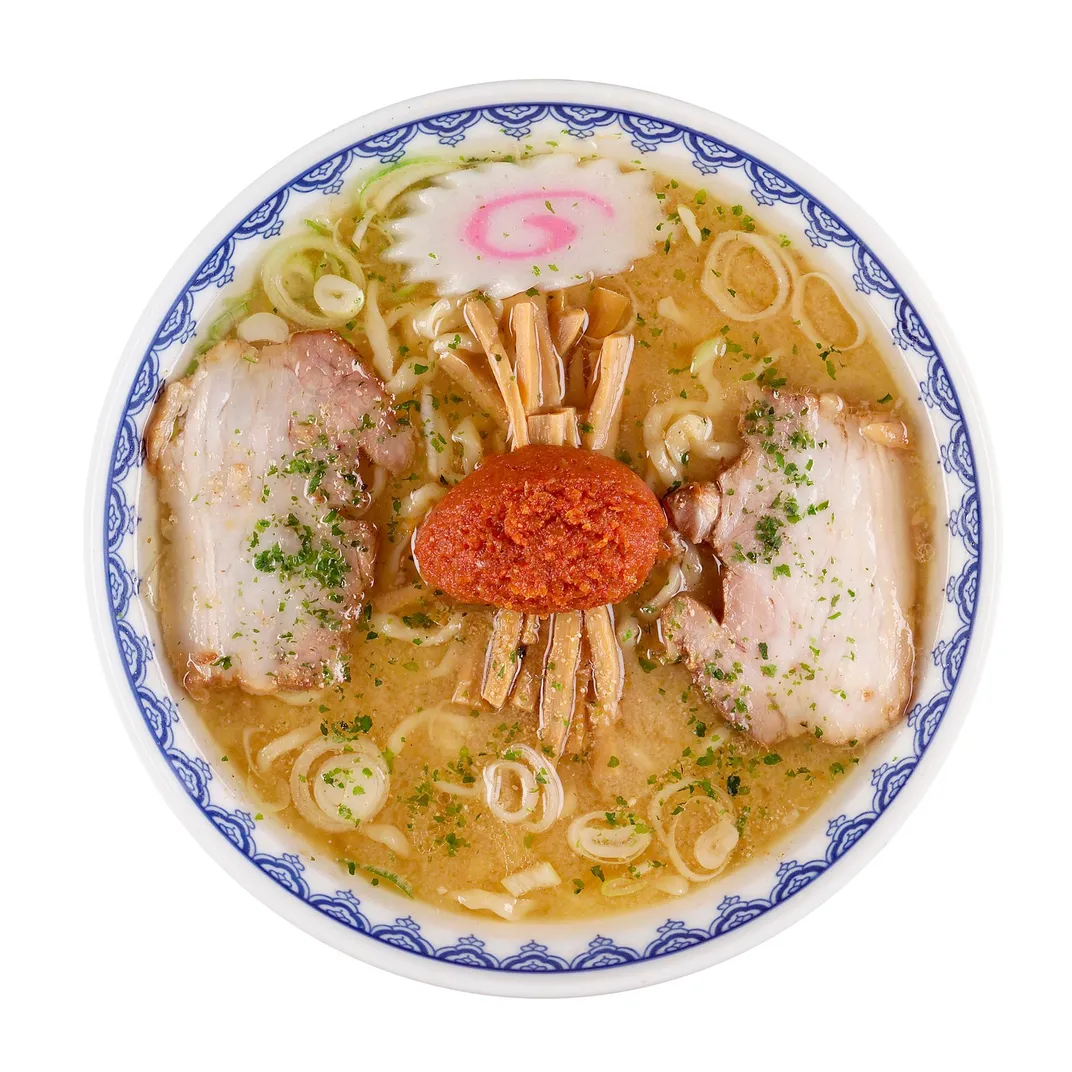
Fish stock mixed with a soy sauce base. This ramen is served chilled, usually in the summertime. Considered comfort food, this style has a number of variations all its own.
Tokyo Style (central Japan)

Made from a pork and chicken broth combination with curly noodles. Usually has dashi added, a mixture of sea kelp and dried smoked bonito flakes. Seasoned with shoyu, a type of Japanese soy sauce.
Kitakata Style (Northern Honshu - central Japan)
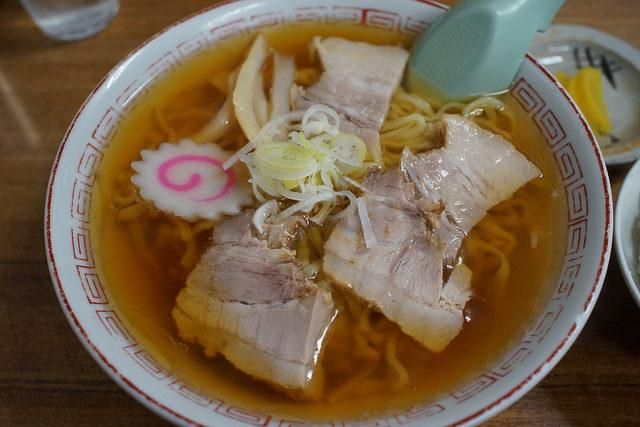
Broth made from a mixture of pork and dried anchovy dashi. The noodles are flat and bowls are accompanied by a fish cake, leeks and pork belly.
Tokushima Style (Shikoku Island - southern Japan)
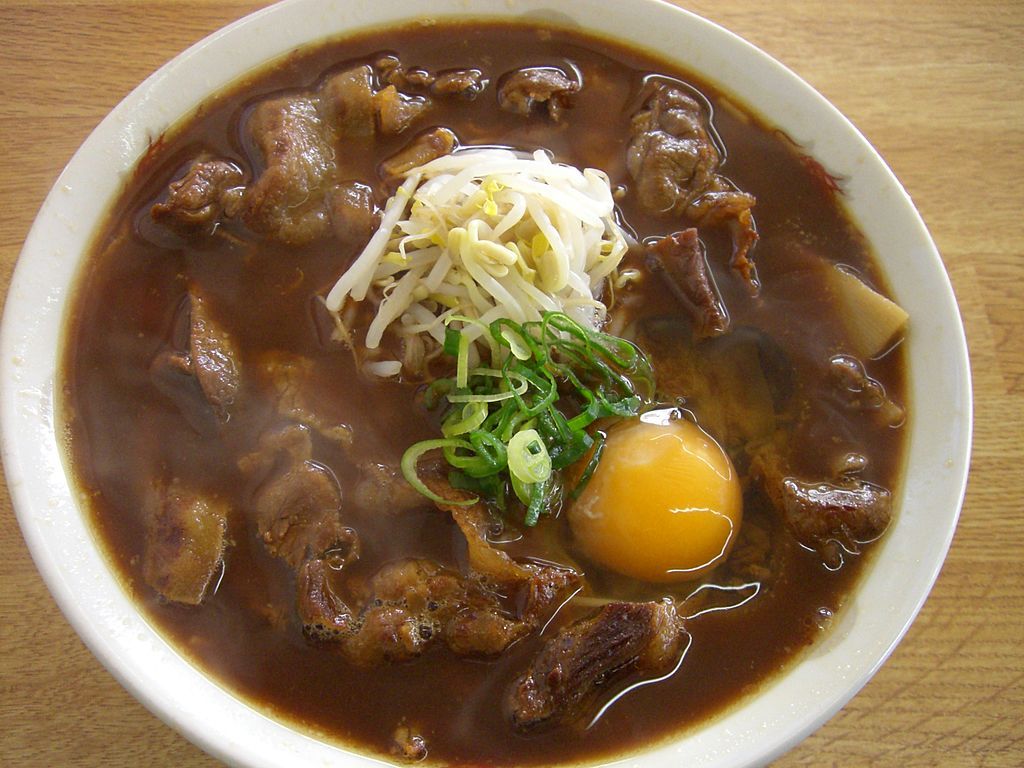
A tonkatsu-shoya (basically thick Worcestershire and soy sauce) combination in this broth creates a dark brown color. Served with stewed pork rib and a raw egg cracked on top.
Hakata Style (Fukuoka - southern Japan)
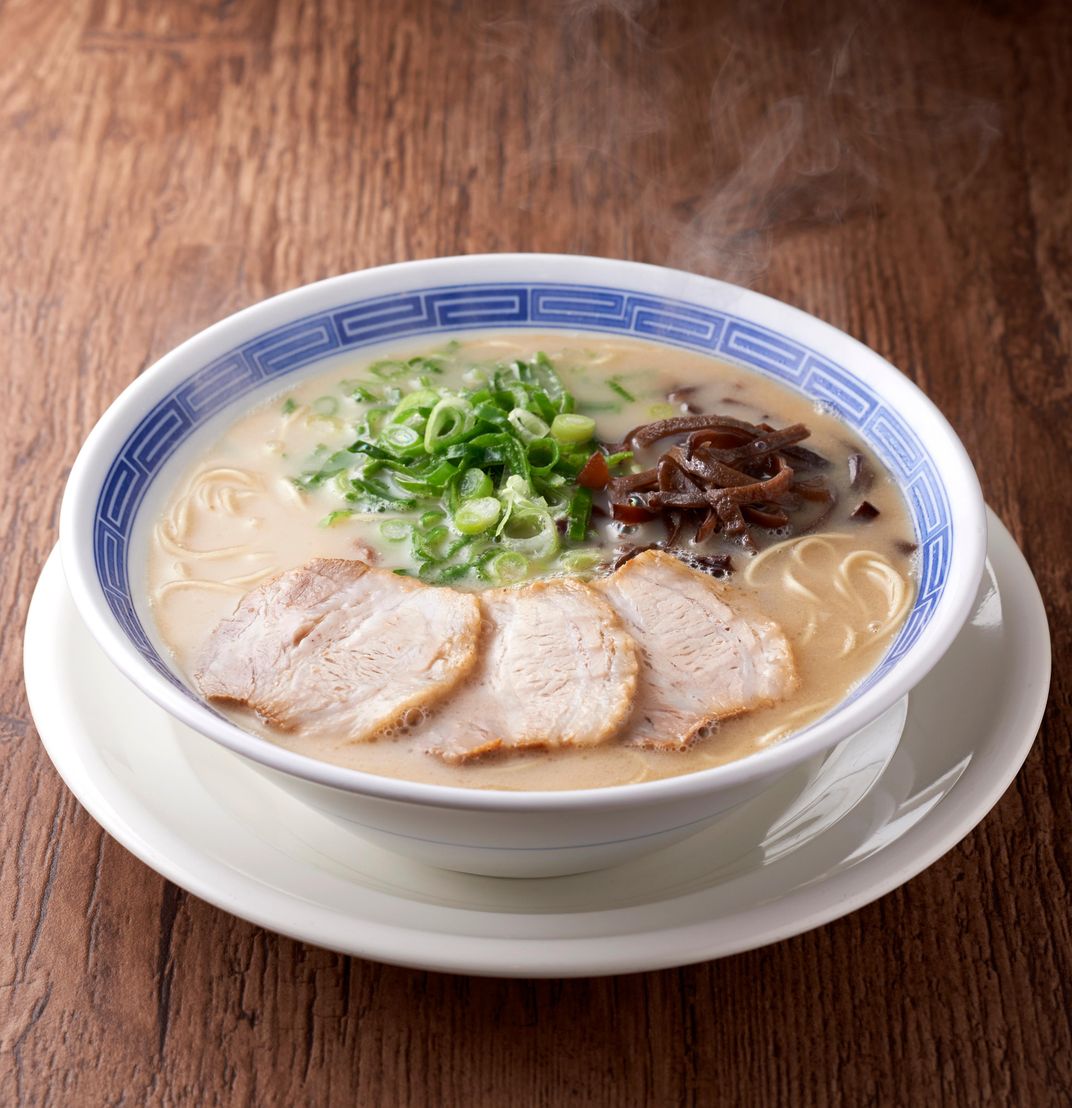
A robust and opaque pork broth most often seasoned with shio (salt). Topped with spicy mustard greens, wood-ear mushrooms, chashu and beni-shoga (pickled ginger).
/https://tf-cmsv2-smithsonianmag-media.s3.amazonaws.com/accounts/headshot/JenniferBillock.png)
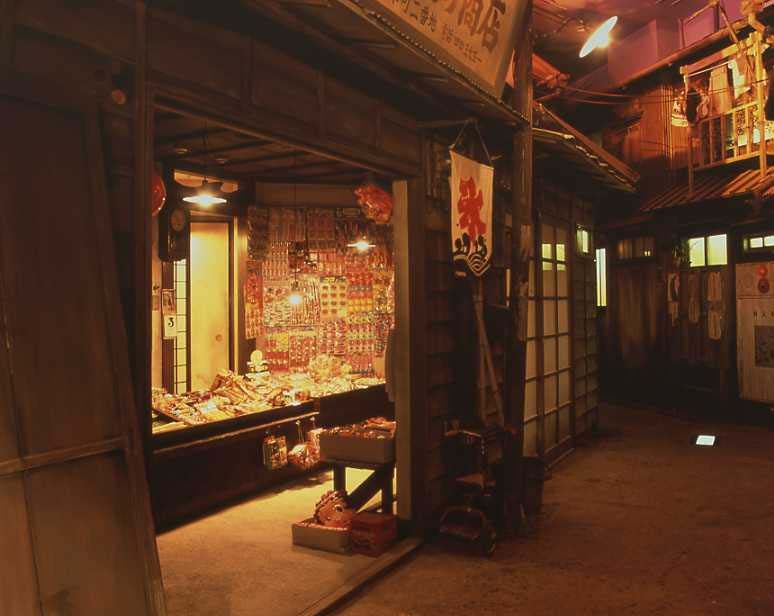
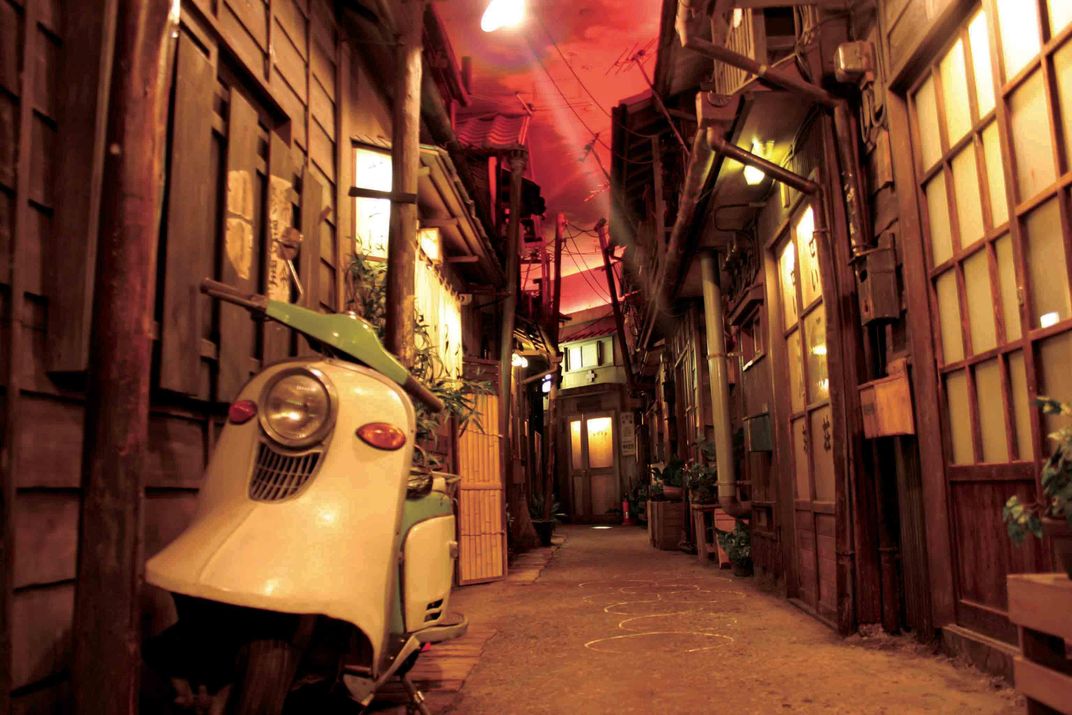
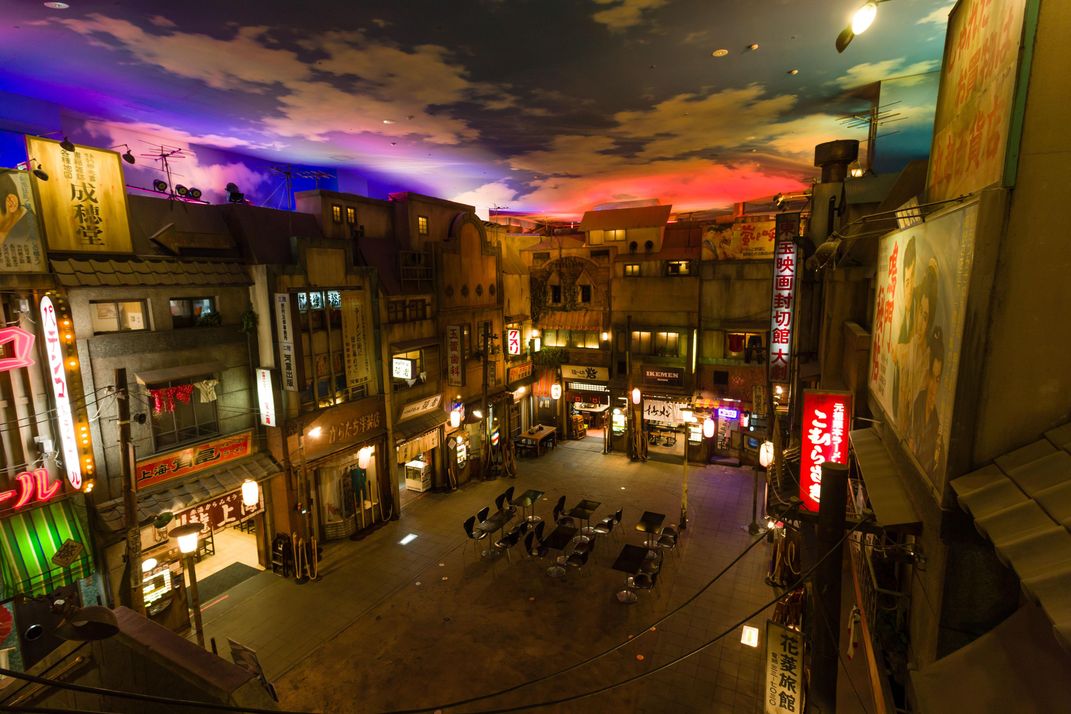
/https://tf-cmsv2-smithsonianmag-media.s3.amazonaws.com/accounts/headshot/JenniferBillock.png)